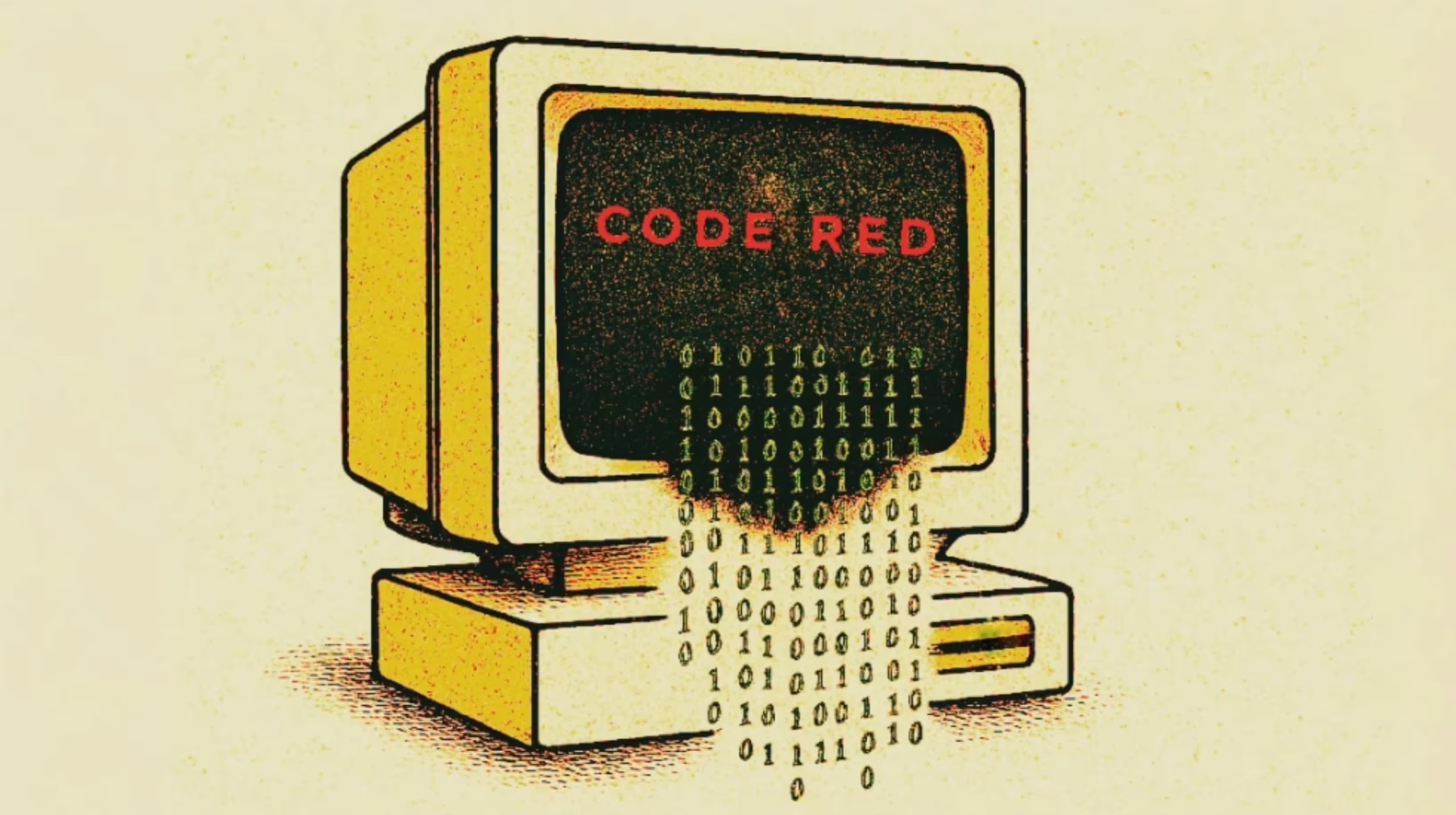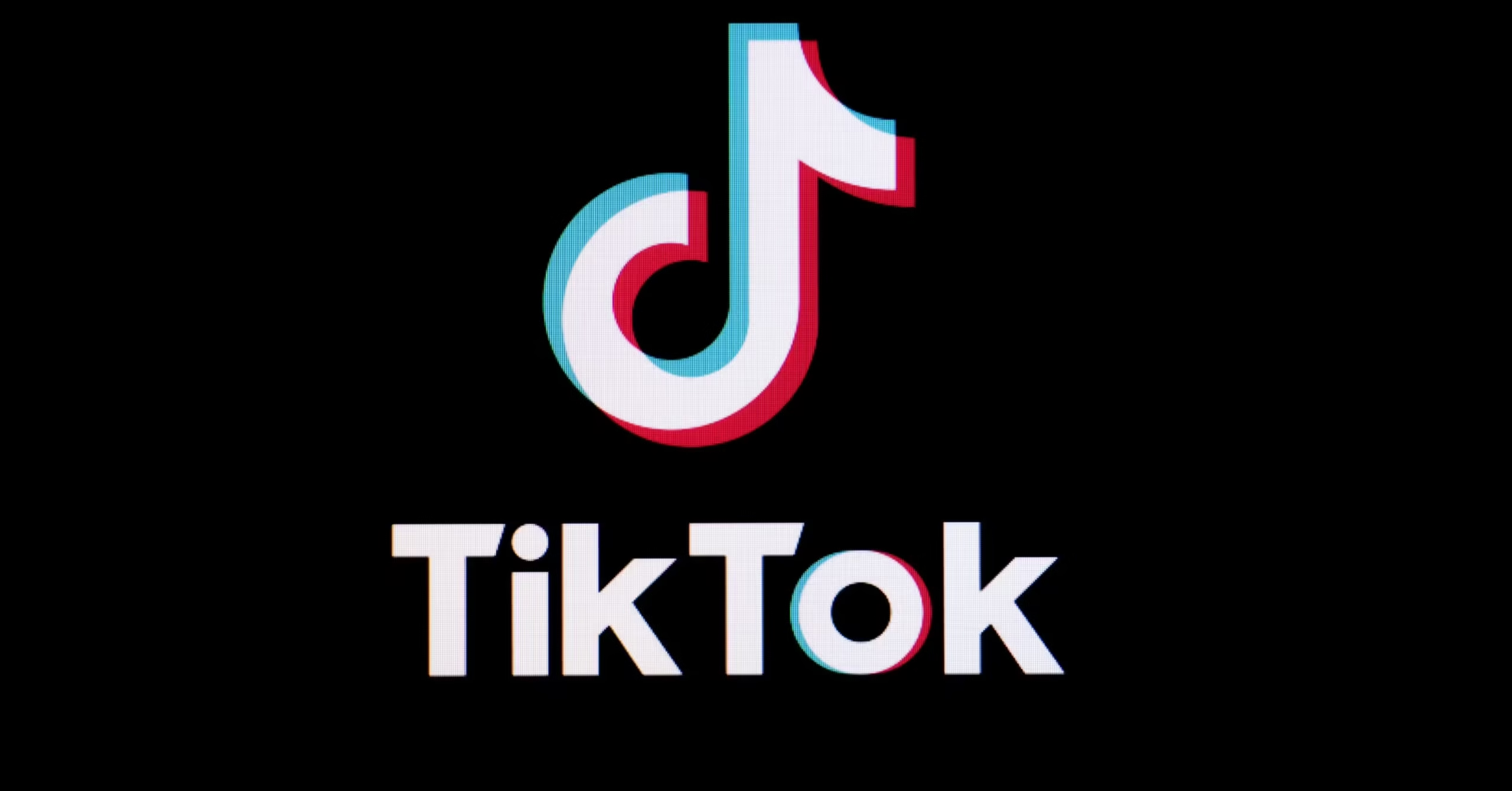Modern technology companies operate at a scale the world has never seen before. Billions of users rely on cloud platforms, AI systems, mobile networks, payment gateways, and digital services every second.
In this massive, hyperconnected ecosystem, even the smallest failure can cascade into global disruption.
This is why companies use internal warning systems — and at the top of this hierarchy lies the most serious alert of all:
CODE RED
This blog provides the most complete, in-depth, deeply researched explanation of what Code Red means in technology, why companies declare it, how they respond internally, and how it reshapes the future of digital industries.
Let’s dive in.
What Is “Code Red” in the Tech Industry?
Code Red is a top-priority emergency status used inside technology companies to signal a critical threat or crisis that requires:
- Immediate organizational attention
- High-speed response from senior teams
- Suspension of non-essential operations
- Direct involvement from leadership
- Around-the-clock engineering work
- Protection of users, data, and systems
It is the highest level of internal alert—often above Severity-1 (Sev-1), Critical P0, or Emergency Escalation statuses.
To put it simply:
Code Red = the company is facing something so serious that every minute matters.
What Typically Triggers a Code Red? (Complete List With Examples)
Companies don’t declare Code Red lightly. It is reserved for moments when the core functioning of the organization or its reputation is at risk.
Below are the major triggers explained in detail.
Global Cybersecurity Threats
This is the #1 most frequent reason companies enter Code Red.
Examples:
- Massive data breaches
- Unauthorized internal access
- Zero-day exploits in the wild
- Compromise of encryption systems
- Malware spreading inside production servers
- Cloud infrastructure infiltration
- Nation-state cyberattacks
These are incidents where millions of users are at risk, and the company must protect data in real time.
Why Code Red is required:
Because cybersecurity issues can escalate in seconds. Any delay can result in irreversible damage.
Worldwide Product Outages
A global outage is one of the fastest ways for a tech company to lose user trust and revenue.
Examples:
- WhatsApp/Instagram/Facebook 2021 outage
- Cloud outages in AWS/Azure/GCP
- Global mobile network failures
- Payment gateways going offline
- Banking systems malfunctioning
These outages often require a synchronized response across multiple engineering teams, making Code Red necessary.
AI Safety Failures
With AI becoming central to modern tech, AI malfunction or risky behavior triggers Code Red conditions.
Examples:
- AI models generating harmful content
- Bias, safety risks, or hallucinations at scale
- Uncontrolled autonomous system behavior
- Model leaks (weights stolen or exposed)
- Internal misuse of AI systems
AI companies treat such events as top-tier emergencies since they affect trust, safety, and regulatory compliance.
Hardware or Device Safety Issues
This can result in potential physical harm.
Examples:
- Smartphone batteries overheating
- Device explosions
- Medical device firmware failures
- Faulty automotive sensors or autopilot systems
Such incidents immediately bring together engineering + hardware + compliance teams.
Regulatory Violations
Violating data privacy or safety laws leads to Code Red because penalties are huge.
Examples:
- GDPR violations
- Failure to report breaches
- Data misuse scandals
- Violations of AI Act, HIPAA, CCPA, etc.
Governments may demand immediate action.
Internal or External Reputation Crisis
Sometimes Code Red is about public trust.
Examples:
- Viral negative news
- Whistleblower leaks
- Insider emails leaked
- Accusations of unethical behavior
Companies must respond rapidly to preserve reputation.
Competitive Disruption (Strategic Code Red)
This type is not about danger — but extreme urgency.
Example:
- Google’s Code Red in 2022 after ChatGPT went viral
- Microsoft’s acceleration after Apple’s Vision Pro
- Samsung’s code red during Apple’s first iPhone
Tech giants call Code Red when they fear losing market dominance.
What Happens Internally During Code Red? (Detailed Inside Workflow)
Inside a tech company, Code Red triggers a structured emergency response system.
Below is a fully detailed breakdown.
Immediate Activation of a “War Room”
This is the command center of the crisis.
A war room includes:
- Senior engineers
- SREs (Site Reliability Engineering)
- Cybersecurity teams
- Product managers
- CTO/VP Engineering
- Legal & compliance teams
- PR and communication heads
- AI safety teams (for AI companies)
It operates 24/7 during the emergency.
Pause on All Non-Critical Work
To free up maximum resources, companies suspend:
- New product development
- Internal experiments
- Marketing activities
- Feature updates
- Future planning meetings
This is known as a freeze period.
Rapid Incident Analysis
Teams perform deep investigation:
- Reproduce the issue
- Identify root causes
- Review logs and telemetry
- Run diagnostics across servers
- Check model behavior (if AI-related)
Data scientists, system engineers, and incident responders work in parallel.
Multi-Team Parallel Fix Development
Multiple teams develop fixes simultaneously:
- Patch development
- Security lockouts
- Rollback of faulty updates
- Redeployment of stable versions
- Network isolation
- Database failover
- Hotfix releases
Every action is tracked in real time.
Executive Escalation & Emergency Decision Making
During Code Red, decisions move from managers to:
- CTO
- CEO
- Chief Security Officer
- Chief Compliance Officer
- AI Safety Leadership (for AI firms)
High-impact choices are made within minutes—not days.
Controlled Public Communication
Companies decide:
- When to disclose the issue
- How much to share
- Whether to notify governments
- How to communicate with users
- How to avoid panic
This step is extremely sensitive.
Post-Code Red Recovery & Audit
Once the crisis ends, companies conduct:
- Root Cause Analysis (RCA)
- “Lessons Learned” sessions
- Documentation updates
- Policy reformation
- Infrastructure upgrades
- Training for teams
This ensures no repeat of the failure.
Major Real-World Examples of Code Red-Like Situations
Let’s examine real global events similar to Code Red.
Google’s Code Red After ChatGPT
Google feared ChatGPT could disrupt Search — its core revenue engine.
This was a strategic Code Red, not a safety emergency.
Facebook/Instagram/WhatsApp 2021 Outage
A misconfiguration shut down Meta’s entire global network. Billions of users were affected for 6+ hours.
A true emergency scenario.
AWS & GCP Outages
When cloud providers go down:
- E-commerce stops
- Banking systems halt
- Apps stop working globally
This often triggers global emergency responses.
Major Ransomware Attacks
Examples:
- WannaCry
- NotPetya
- Colonial Pipeline attack
These incidents forced governments and big companies into crisis mode.
iPhone Battery Explosions (2016–17)
A huge hardware safety emergency. Devices were recalled and manufacturing processes redesigned.
How Companies Prepare for Potential Code Reds
Preparedness is key. Tech firms maintain:
- Incident response teams
- Red/Blue cybersecurity teams
- AI safety monitoring
- 24×7 on-call rotations
- Chaos engineering tests
- Emergency playbooks
- Disaster recovery systems
- Automated failovers
- Multi-region backups
These mechanisms ensure that when a Code Red occurs, the company can respond instantly.
Why “Code Red” Matters in Today’s Tech Landscape
Technology is now deeply integrated into:
- Transportation
- Finance
- Healthcare
- Communications
- National security
- AI-driven automation
A failure doesn’t just inconvenience people — it can cause:
- Economic losses
- National-level disruption
- Privacy risks
- Life-threatening situations (in healthcare & autonomous systems)
- Loss of trust
This is why Code Red isn’t just a status — it’s a safeguard for the digital world.
The Future: Code Red Will Become More Common
As AI systems, cloud networks, and IoT devices scale further, Code Red scenarios will increase in:
- Frequency
- Complexity
- Severity
AI safety issues alone could cause entirely new categories of emergencies, like:
- Runaway autonomous systems
- Misaligned AI models
- Prompt injection vulnerabilities
- Model weight leaks
- Uncontrolled LLM behavior
Companies will need more advanced Code Red protocols.
Final Thoughts: Code Red Is the Digital World’s Ultimate Alarm
Code Red represents the most serious crisis level a tech company can face.
It signals:
- Danger
- Urgency
- Disruption
- Risk to users
- Risk to reputation
- Risk to infrastructure
It demands instant action, rapid coordination, and flawless execution.
Understanding Code Red offers insight into how tech companies operate during their most critical moments — and how they safeguard billions of people who rely on digital systems every day.









